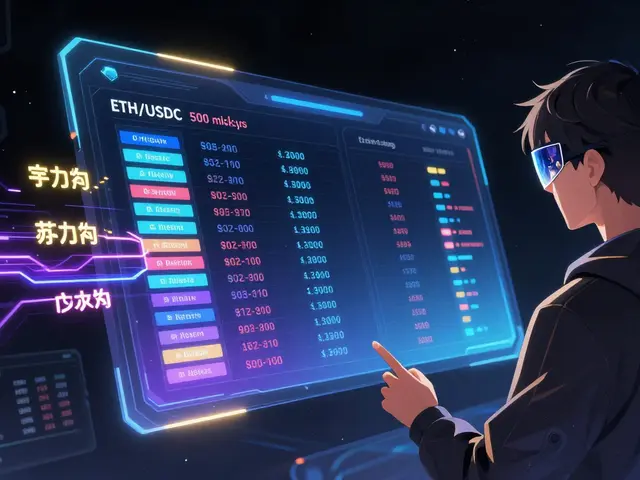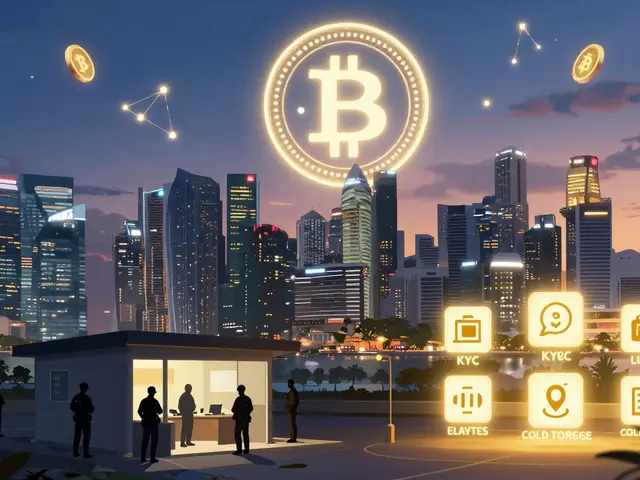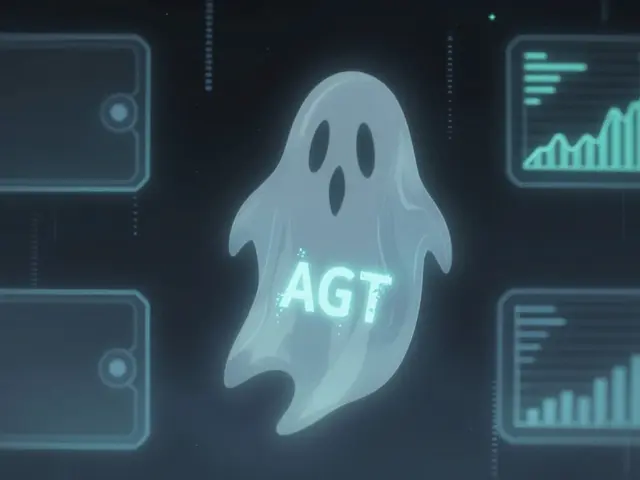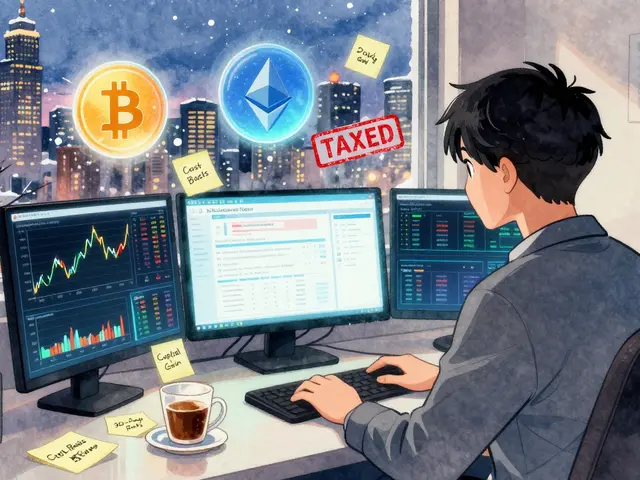Cryptocurrency in India: Adoption, Regulations, and Real-World Use
When people talk about cryptocurrency in India, the use of digital currencies like Bitcoin and Ethereum by individuals and businesses within India, often outside traditional banking systems. Also known as digital assets in India, it has become a grassroots financial movement—not because of government approval, but despite it. Over 100 million Indians now hold crypto, according to industry estimates, making it one of the largest crypto markets in the world by user base. Yet, the government hasn’t legalized it as legal tender. Instead, it’s been treated like a high-risk asset class—with taxes, warnings, and banking restrictions.
This isn’t about speculation alone. In rural towns and small cities, people use crypto to send money home, pay for medical supplies, or avoid currency devaluation. Many bypass banks entirely because traditional systems are slow, expensive, or outright refuse to serve crypto users. The digital rupee, India’s central bank digital currency (CBDC) launched by the Reserve Bank of India to digitize the national currency hasn’t replaced crypto—it’s just another option. While the digital rupee is controlled and traceable, crypto offers anonymity, global access, and no middlemen. That’s why millions still prefer it.
Regulations keep shifting. In 2022, India imposed a 30% tax on crypto gains and a 1% TDS on every trade. The Supreme Court lifted the banking ban in 2020, but banks still quietly block crypto transactions. Exchanges like WazirX and CoinDCX operate, but they’ve had to freeze withdrawals during crackdowns. Meanwhile, peer-to-peer platforms like LocalBitcoins and Paxful are booming—Indians trade USD, USDT, and INR directly with each other, using UPI, Paytm, or cash deposits. The real story isn’t in headlines—it’s in the WhatsApp groups, the college students mining on laptops, and the small shop owners accepting Bitcoin for groceries.
What you’ll find below isn’t theoretical. These posts cover real cases: how Indians trade crypto under banking pressure, what happens when exchanges freeze funds, why tax compliance is a minefield, and how new projects are trying to build solutions within India’s legal gray zone. There’s no sugarcoating—some coins are scams, some platforms are risky, and the rules change overnight. But the movement is real. And if you’re in India and thinking about crypto, you need to know what’s actually working—not what regulators say should be happening.
Crypto Adoption in India: How It Thrives Despite Strict Rules
India leads the world in crypto adoption despite harsh taxes and no official support. Learn how millions use Bitcoin, stablecoins, and DeFi daily - and why regulators can't stop it.












